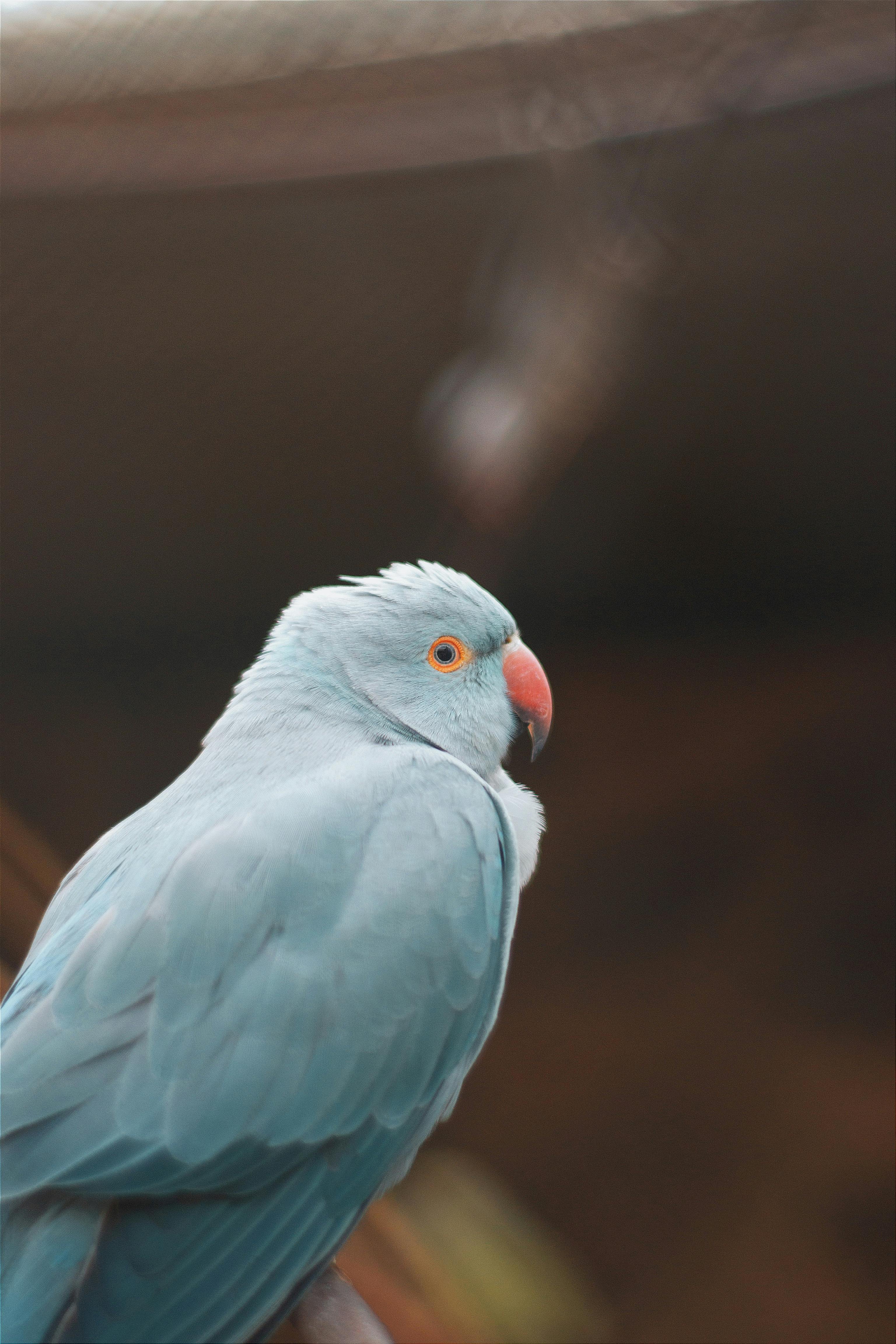
Essential Guide to American Chinchilla Rabbits: Care, Breeding, and Habitat in 2025
The American Chinchilla Rabbit is a distinctive breed known for its unique fur, gentle temperament, and versatility as a pet. These rabbits are not only great companions but also fascinating animals that require specific care and attention. In this guide, we’ll explore everything from their breeding techniques to ideal habitats, ensuring that you have all the information needed for successful rabbit ownership.
As pets, American Chinchilla Rabbits offer various benefits, such as companionship, socialization opportunities, and a chance to educate younger family members about animal care. This article will cover key aspects of American Chinchilla Rabbit care, including diet, exercise, grooming, and health, along with essential tips for breeding and creating a comfortable living environment.
Here’s what you can expect in this guide:
- Understanding the American Chinchilla Rabbit and its characteristics
- Comprehensive care and nutrition tips
- Breeding essentials and genetic traits
- Creating suitable habitats for indoor and outdoor rabbits
- Importance of socialization, health checks, and enrichment activities
Let’s dive into the essential topics surrounding American Chinchilla Rabbits!

Understanding American Chinchilla Rabbits and Their Characteristics
The American Chinchilla Rabbit is a remarkable breed that originated in the early 20th century. Known for its luxurious chinchilla fur, which is soft and dense, this breed was initially developed for fur production but has since become popular as a pet due to its docile nature. Understanding the genetic traits and breed characteristics is crucial for prospective owners.
Breed History and Development
The American Chinchilla Rabbit breed was developed in the 1920s, primarily in the United States, through selective breeding processes aimed at enhancing fur quality and size. By incorporating traits from other rabbit breeds, such as the Standard Chinchilla, breeders successfully established a robust breed with high-quality chinchilla fur.
Physical Characteristics of American Chinchilla Rabbits
These rabbits typically weigh between 9 and 12 pounds and exhibit a compact, muscular build. Their fur is known for its unique color variations, resembling that of a true chinchilla, which distinguishes them from other rabbit breeds. The ears are medium-sized and erect, while their eyes are wide, adding to their charming appearance.
Temperament and Behavior
American Chinchilla Rabbits are recognized for their friendly and gentle temperament, making them excellent companions for families and individuals alike. They are sociable creatures that enjoy interaction, often forming strong bonds with their owners. Understanding their behavior patterns is essential for effective training and socialization.

Essential Care and Nutrition for American Chinchilla Rabbits
Proper care and nutrition are vital for maintaining the health and happiness of American Chinchilla Rabbits. This breed requires a well-balanced diet, regular grooming, and adequate exercise to thrive.
Rabbit Diet and Nutrition Guidelines
A nutritious diet is the cornerstone of rabbit care. American Chinchilla Rabbits should primarily eat hay, which aids digestion and keeps their teeth healthy. Fresh vegetables, such as kale, carrots, and leafy greens, should also be included in their diet. Commercial rabbit pellets can supplement their nutrition but should be given in moderation to prevent obesity.
Understanding Rabbit Exercise Needs
These rabbits are playful and energetic, needing ample space for exercise. Providing a safe area for them to run and explore helps prevent boredom and promotes good health. Daily playtime, combined with interactive toys, fosters mental stimulation and physical activity.
Grooming Essentials for American Chinchilla Rabbits
Regular grooming is essential for maintaining the quality of their fur and preventing matting. Use a soft brush to gently remove loose fur and dirt. During shedding seasons, increased grooming frequency is necessary. Additionally, routine health checks, including nail trimming and ear cleaning, are part of responsible rabbit ownership.
Breeding American Chinchilla Rabbits: Techniques and Considerations
Breeding American Chinchilla Rabbits requires a thorough understanding of genetics and careful planning. Selective breeding can help maintain the desirable traits of the breed while avoiding inherited health issues.
Breeding Techniques and Best Practices
Successful breeding starts with selecting healthy rabbits that exhibit desired traits, including strong fur quality and good temperament. Maintain detailed records of each rabbit’s lineage to monitor genetic health. It's also essential to provide a proper breeding environment that ensures the comfort and safety of the female rabbit.
Understanding American Rabbit Genetics
Genetics play a crucial role in rabbit breeding. Understanding concepts like dominant and recessive traits can help breeders predict coat colors and other physical characteristics. Collaborating with experienced breeders or consulting literature on rabbit genetics can enhance breeding outcomes.
Common Health Issues in Breeding
Breeding rabbits come with potential health risks. Monitoring for common health issues, such as respiratory problems or dental malocclusions, is vital. Preventative care, including vaccinations and regular veterinary check-ups, should be prioritized to ensure healthy offspring.
Creating Suitable Habitats for American Chinchilla Rabbits
Whether you opt for indoor or outdoor living conditions, creating a suitable habitat is essential for the well-being of your American Chinchilla Rabbit. Each environment comes with unique considerations that can affect rabbit health and happiness.
Indoor vs. Outdoor Housing Options
Indoor rabbits benefit from controlled environments that reduce exposure to extreme weather. They should have a safe space, complete with a litter box, hiding spots, and enough room to hop around. Outdoor rabbits, on the other hand, require secure enclosures that protect them from predators and harsh elements. A combination of indoor and outdoor time can be beneficial for their social interaction.
Essential Supplies for Rabbit Housing
Providing the right supplies is crucial for your rabbit's comfort. Ensure they have a spacious cage, appropriate bedding, and fresh water. Rabbit toys are also important for preventing boredom. Items such as tunnels and chew toys can enhance their living environment and encourage playtime.
Rabbit Enrichment Activities and Safety Measures
Enrichment is key to a rabbit's emotional and physical health. Activities like providing safe chew toys, hiding food around their space, or allowing supervised outdoor exploration can stimulate their natural behaviors. Additionally, safety measures, like ensuring all electrical cords are out of reach and avoiding toxic houseplants, keep your rabbit safe in any environment.
Health Management and Common Issues in American Chinchilla Rabbits
Maintaining the health of your American Chinchilla Rabbit involves vigilance and preventative care. Regular health checks and understanding the common health issues associated with this breed are crucial for their longevity.
Routine Health Checks and Veterinary Care
Regular veterinary visits are essential for preventive care. Schedule annual check-ups for vaccinations and health assessments. Learning to recognize signs of illness—such as changes in eating habits or lethargy—will aid in early diagnosis and treatment.
Common Rabbit Diseases and How to Prevent Them
Familiarizing yourself with common rabbit diseases—such as respiratory infections or gastrointestinal stasis—can help you take proactive measures. Providing a balanced diet and a clean living environment are primary prevention strategies.
Understanding Rabbit Lifespan and Care Expectations
On average, American Chinchilla Rabbits live between 8 to 12 years, depending on care and genetics. Understanding their life span expectations encourages owners to invest in long-term health and welfare. Early socialization, environmental enrichment, and comprehensive care will greatly enhance their quality of life.
Conclusion: Embracing Rabbit Ownership and Responsibilities
In conclusion, owning an American Chinchilla Rabbit is a rewarding experience, filled with companionship and joy. By understanding their unique needs and implementing the care tips outlined in this guide, you can create a nurturing environment that promotes health and happiness for your furry friend.
To learn more about specific rabbit care techniques and supplies, visit this resource or explore additional topics related to rabbit care.
Your commitment to learning and providing proper care will ensure a fulfilling relationship with your rabbit, fostering a bond that lasts a lifetime.